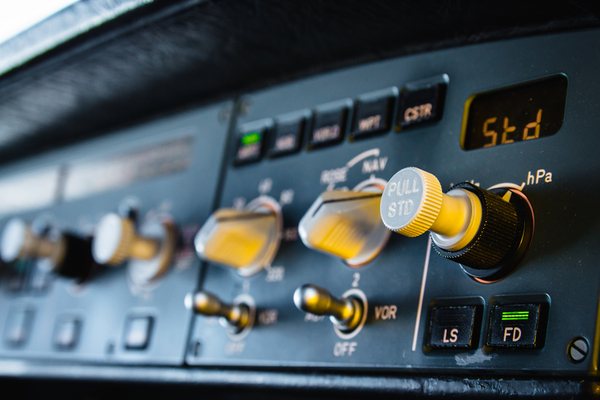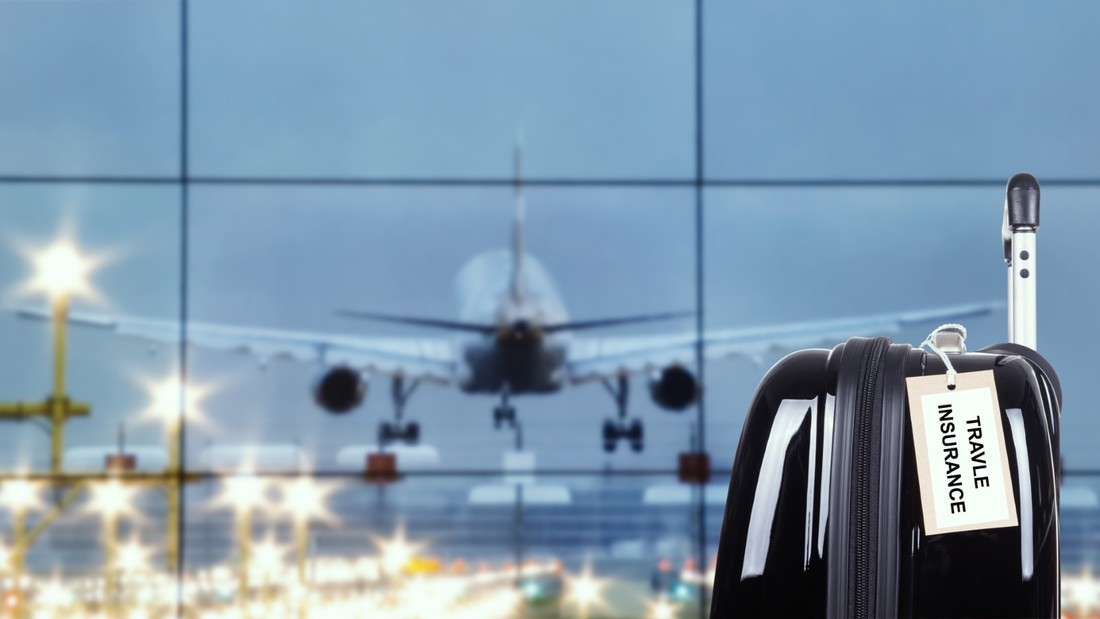
In the wake of the deregulation of commercial airlines, safety has been a major concern. There are growing concerns that the superior safety record of U.S.-based jet carriers may be linked to the Civil Aeronautics Board's economic regulation of the sector. Economists claimed that airlines shifted their focus to service competition because of the lack of price competition. Public perceptions of service quality indicate that there have been substantial reductions in some dimensions. Safety, which is a less visible dimension of product quality, has seen a similar or larger decline. This could lead to a significant exaggeration of traditional welfare gains from deregulation.1 Economic research has been sparked by concerns about airline safety. Economists have focused their attention on four questions. The first is: Has airline safety decreased since deregulation? This topic is the subject of research. It examines whether public concern about airline safety has increased due to objectively increasing accident risks. The second question is how has deregulation of airlines affected safety for travelers in general. This article examines indirect ways that airline deregulation could have affected travel safety, such as the substitution of commuter airlines with jet service and the replacement highway driving by air travel. What accounts for the differences in safety performance between carriers? This area studies heterogeneity in the safety records of carriers to learn about factors that affect safety performance. This research extends the before and after deregulation research by looking at what links we might expect to see between economic regulation and aggregate safety. Fourth, what are the market penalties for airline accidents? This research examines whether market incentives can be used to limit the safety provision of companies. Carriers may not be inclined to invest in safety if they are penalized by consumers or insurance companies for having poor safety records. Below is a summary of our efforts to answer these questions.

Travelers who are concerned about increased risk from air travel due to deregulation can be reassured by aggregate statistics on U.S. airline safety. several measures can be used to assess the safety of an airline, such as the number of fatal and total aviation accidents per million departures and passenger deaths per million passengers. Also, there is the passenger death risk per one million departures. And finally, there are "incidents," which include near-mid-air collisions and other hazards. These measures all suggest that there has been a long-term trend towards increased safety since 1978's economic deregulation. Figure 1 shows, for example, the number of accidents per million departures by large scheduled airlines in the United States over the period 1955-1990. These jet airlines are also known as "Part 121" and account for most of U.S. commercial airline travel. These firms saw a significant decline in fatalities and total accidents per million departures over the same period. However, accident rates can vary greatly from year to year. The rate of improvements in airline safety has not slowed down significantly since deregulation. A regression analysis of the log on accident rates shows that either the coefficients of a deregulation variable or a variable measuring the time since deregulation is insignificantly different than zero (Rose 1989; updates through 1990 based upon the author's calculations). However, there is still room for caution. The trend line in Figure 1 shows that total accident rates for the past four years (1987-1990), are slightly higher than the trend line. The trend line in Figure 1 shows that total accident rates for the last four years (1987-1990) are slightly higher than the trend line. However, there isn't enough data to know if recent increases are due to normal variation in accident rates over short-time periods or an elevation of true underlying risks. However, it is possible that regulatory effects could operate with long delays, such as through reduced maintenance or an increase in aircraft age. This should be a reason for continued examination of safety performance over the next few years. The passenger fatality rate has also improved after deregulation. Barnett and Higgins (1980), for example, found that the fatality rate for passengers on domestic U.S. jet airline flights decreased from 1 in 2.5million flights in 1971-78 to 1 per 7.4 million flights in 1979-86. However, they argue that the risk reduction would have been greater if new jet carriers had not entered the market after 1978. They show evidence by dividing the U.S. airlines into "established carriers" which are the trunk and local service carriers that exist as of 1978 and "new entrants" which is a group of 19 deregulated "jet children", most of whom are now out of business. In 1979-1986, the fatality rate for passengers aboard established carriers was 1 per 11.8 million flights. The group of entrants Barnett and Higgins analysis had an average fatality risk of 1 for 870,000 flights. However, this does not mean that the planes of entrant carriers are constantly falling out of the sky. Only 3 of 19 carriers experienced domestic passenger fatalities over the seven years. These had only one fatality each. Because the entrants had relatively few passengers, the high-risk result is evident. This conclusion is robust and will be further discussed when we examine differences in safety performance among carriers. Deregulation can also be explained by an analysis of the causes of airline accidents. One might expect more equipment failures if deregulation caused carriers to reduce maintenance activities. Pilot error is more common if airlines make it harder to train pilots or hire less experienced pilots. Accidents due to pilot error or increased congestion could increase if airlines reduce safety by hiring less experienced pilots, reducing training, or making it harder for them to work. They identify the cause of each accident and group them into the categories such as Pilot Error and Equipment Failure, Air Traffic Control Error and Other Aircraft (General Aviation), and those that could be affected by deregulation like Weather and Seatbelt Not Fastened. The number of accidents per million for trunk and local service carriers decreased by 54 percent between the "regulated" (1970-1978) and "deregulated (1979-1985) periods. This includes accidents caused by pilot or controller errors, equipment failure, or other aircraft. The accident rates also declined by at least 71% due to equipment failures. This indicates a relative decline in accidents caused by causes beyond the control of a carrier after deregulation.
